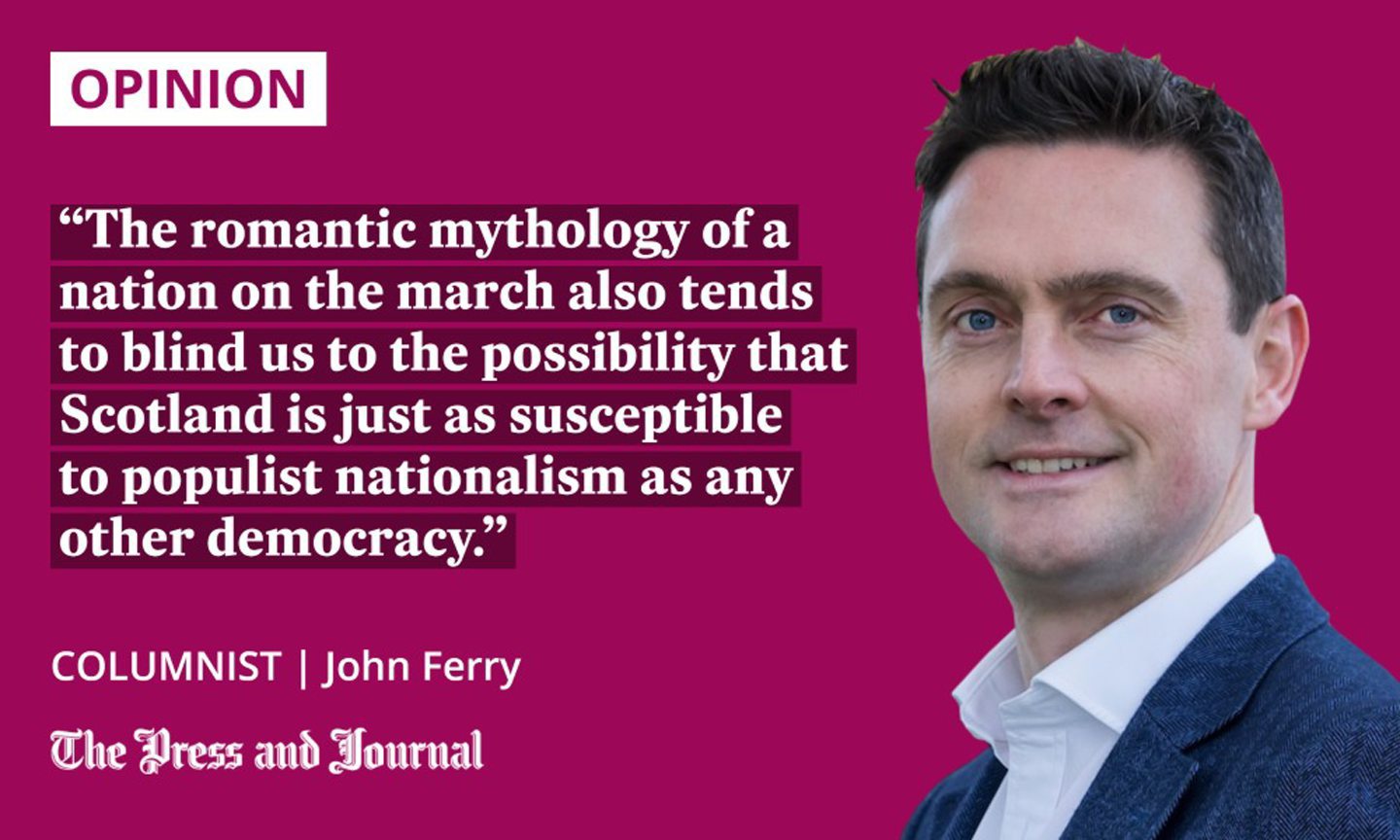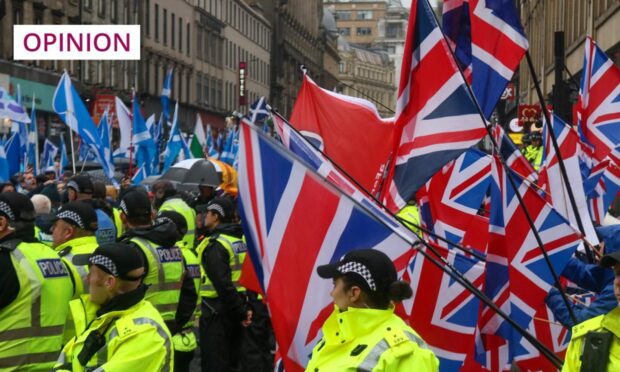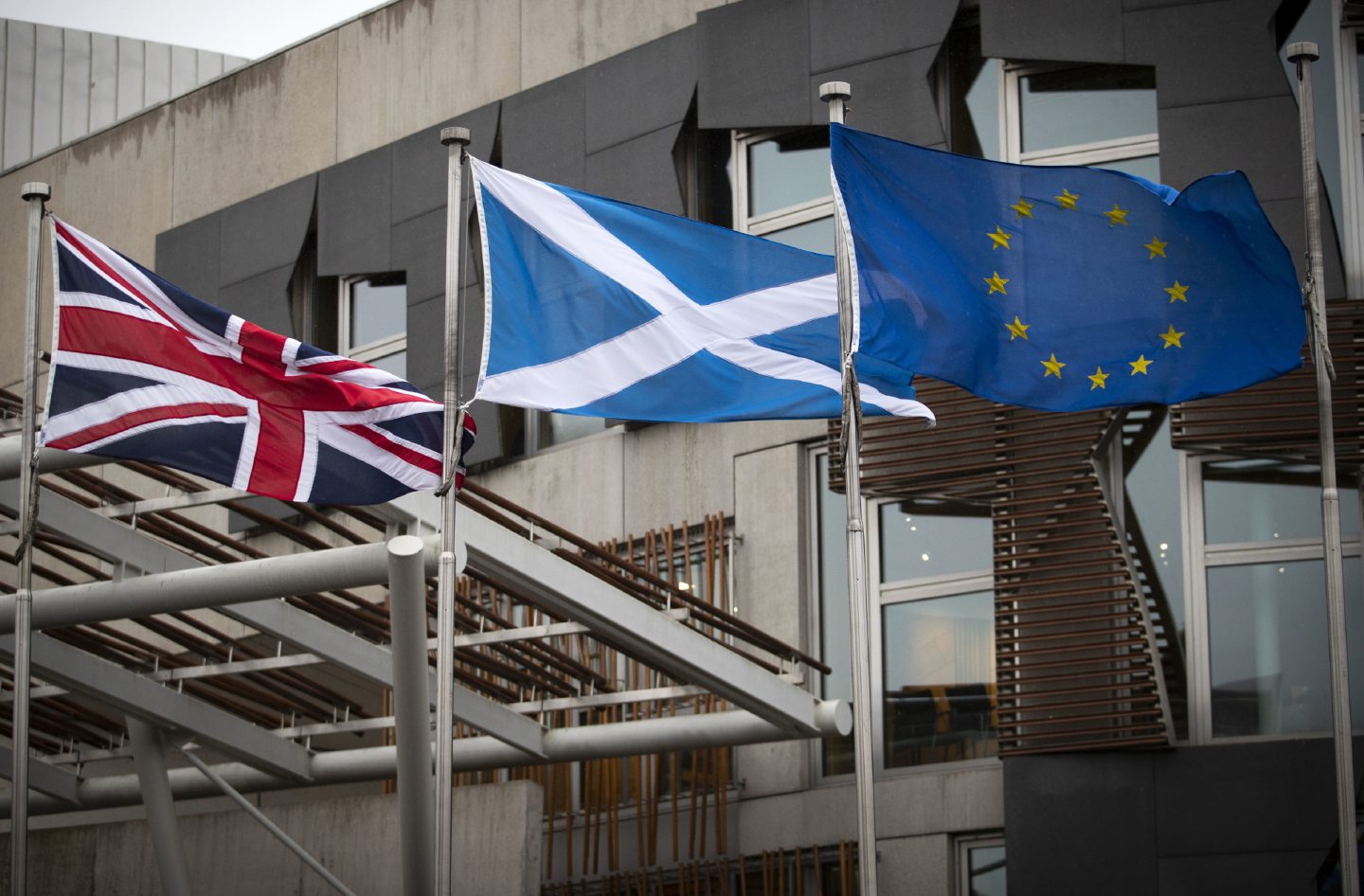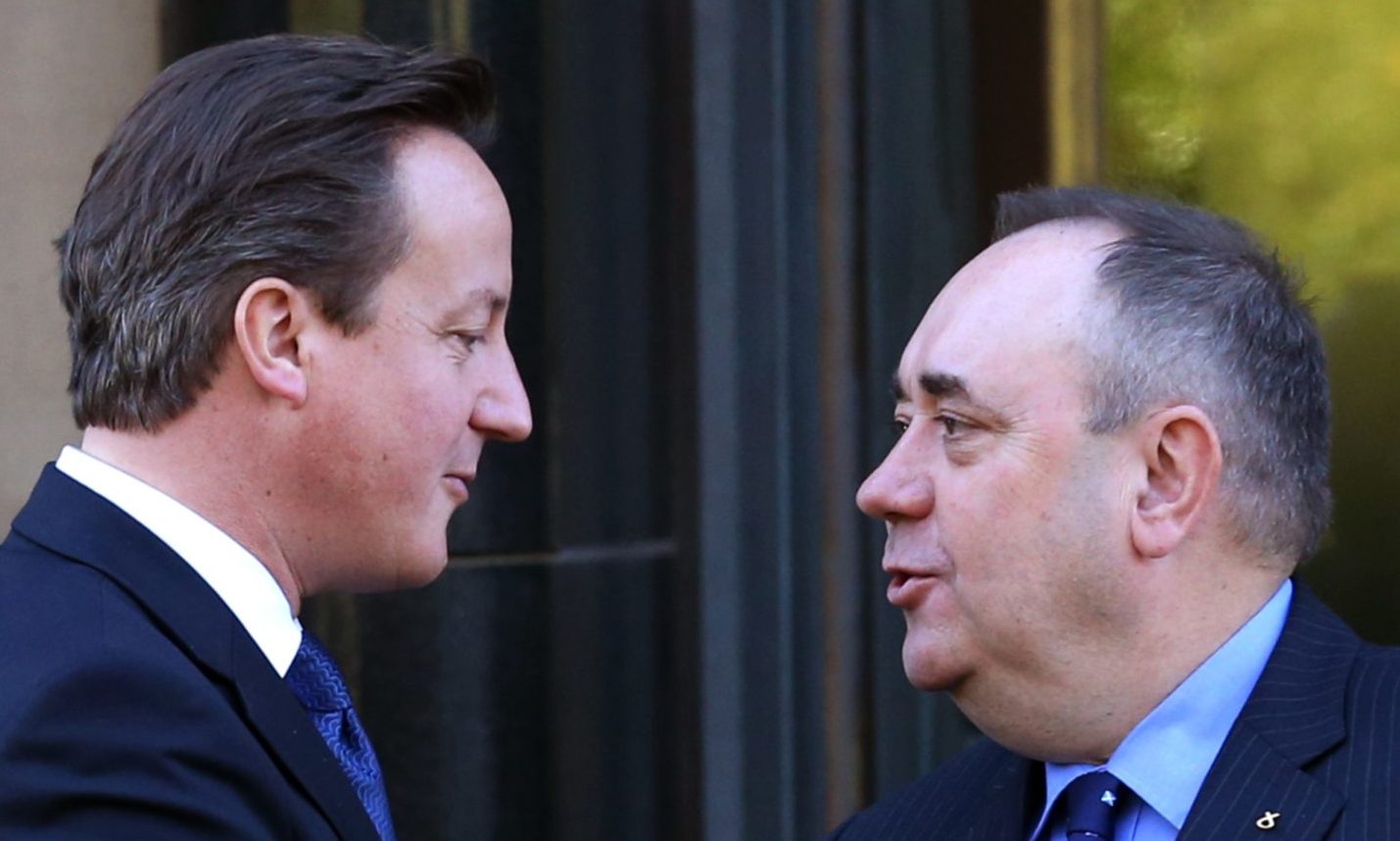The recent Supreme Court ruling on a Scottish independence referendum corrected a common misconception, but there are more myths to bust, writes John Ferry.
Last month’s Supreme Court ruling on a Scottish independence referendum busted one of the central misconceptions of the movement for secession.
That misconception relates to the principle of “self-determination”, and its relevance to a potential Scottish exit from the UK.
The Supreme Court, led by Scottish president Lord Reed, concluded: “There are insuperable obstacles in the path of the intervener’s argument based on self-determination.” And that: “The principle of self-determination is simply not in play here.”
This was in reference to written evidence submitted to the court by the SNP, in which the party asserted: “The right to self-determination is a fundamental and inalienable right, among the most fundamental of all rights.”

Through a series of convoluted arguments, the SNP’s lawyers made the case that this “fundamental right” meant the UK Government could not stand in the way of Holyrood unilaterally holding a referendum, a position the party claimed is backed by international law.
The Supreme Court’s response was, in effect, to say that the SNP’s interpretation of self-determination as it relates to international law was nonsense. It cited the Supreme Court of Canada’s 1998 assessment of whether there exists a right to self-determination under international law that would give Quebec the right to secede unilaterally.
The Canadian court concluded that such a right only exists in circumstances where “a people” are governed as part of a colonial empire, or, in some other way, are subject to alien subjugation, domination or exploitation. Or, possibly, where “a people” is denied any meaningful exercise of a right to self-determination within the existing state.
You cannot be liberated from a liberal democracy
In other words, context is everything. Scots, like Quebecers, do not meet the threshold of a colonial or subjugated people. Sharing a free and democratic society with people across the UK is not a form of oppression.
You cannot be liberated from a liberal democracy. And the existence of the Scottish parliament is proof positive of meaningful “internal self-determination”.
“In our view these observations apply with equal force to the position of Scotland and the people of Scotland within the United Kingdom,” concluded Lord Reed, after summarising the Canadian case.
1/ While disappointed by it I respect ruling of @UKSupremeCourt – it doesn't make law, only interprets it.
A law that doesn't allow Scotland to choose our own future without Westminster consent exposes as myth any notion of the UK as a voluntary partnership & makes case for Indy— Nicola Sturgeon (@NicolaSturgeon) November 23, 2022
The court was wise to slap down the SNP’s narrow and self-serving interpretation of self-determination as it relates to international law. Why does this matter? Because it plays into the broader moral case for cutting the island of Britain into two separate states.
In neutralising the myth that the independence movement is one of emancipation, and not merely separation, perhaps some who have been won over by the nationalist cause will question whether sharing a democracy and institutions of state with people in Wooler and Cardiff really is the route cause of whatever challenges we face.
There is no ‘us’ and ‘them’
But, why stop at busting that one myth? There are plenty of others equally deserving of nullification.
One is that the people of Scotland and England are incompatible as a united people, because “we” are simply fundamentally different to “them”. This is usually based on superficial evidence, such as voting patterns in general elections.
Another myth is the idea that we Scots have always been more European than our English neighbours
If you ever hear someone pushing this narrative, note how we Scots invariably come out of their analysis as the good guys, with positive characteristics like egalitarianism ascribed to us. The truth is, the only revelation such analysis provides relates to the narrator’s prejudices.
Another myth is the idea that we Scots have always been more European than our English neighbours. Yet, look at Scottish Social Attitudes data in 2015, the year before the Brexit vote, and we find the level of Euroscepticism in Scotland running at 60%, just five percentage points below the British figure.
Hearing that statistic now might surprise you, given the narrative the SNP has built up around Brexit in recent years.
Scots see their nationalism as uniquely meaningful and dignified
Perhaps the biggest mistake we make is to imbue the current popularity of nationalism in Scotland with the dignity of fate. Every gain for the nationalists, such as the SNP getting a majority at Holyrood in 2011, and the subsequent 2014 referendum, is rendered part of an inevitable national awakening.
The truth was that Alex Salmond won that small majority in an election that failed to stir the public imagination (turnout was just 50%), and where his campaign astutely avoided focusing on independence or a referendum. The section on independence in the SNP’s 2011 manifesto was just one page, two-thirds of the way through a 40-page document.
The romantic mythology of a nation on the march also tends to blind us to the possibility that Scotland is just as susceptible to populist nationalism as any other democracy.
Again, we see our nationalism as uniquely meaningful and dignified. This despite us making the uber-populist Mr Salmond our first minister for seven years.
The Supreme Court did us all a favour last month when it busted the self-determination misconception. We should bust more of those myths.
John Ferry is a regular commentator on Scottish politics and economics, a contributor to think tank These Islands, and finance spokesperson for the Scottish Liberal Democrats













Conversation